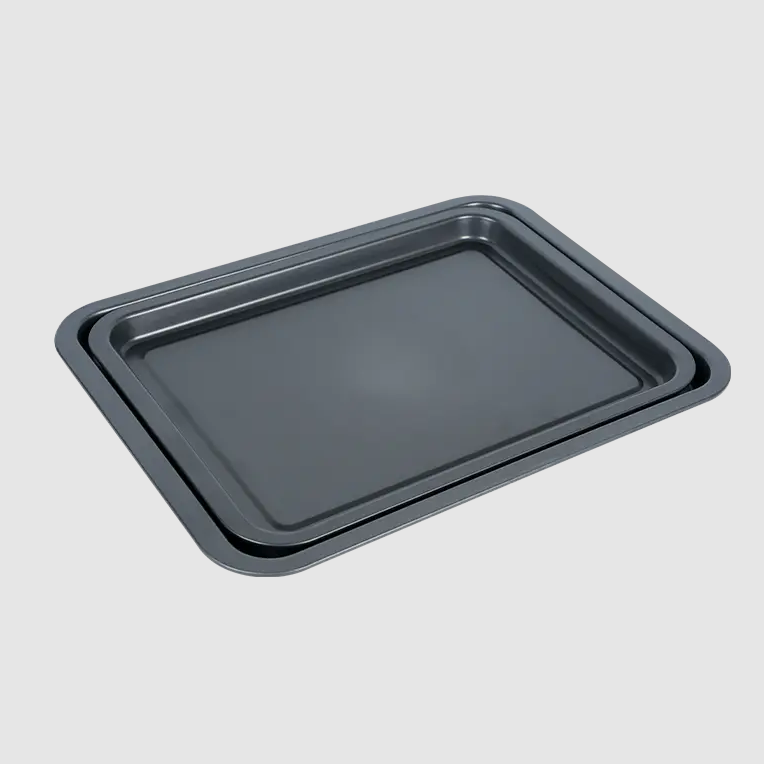The Microwave Baking Tray has gained popularity in recent years as a convenient kitchen accessory designed specifically for baking and reheating food within microwave ovens. One critical concern for many users is whether the microwave baking tray can withstand high temperatures without warping, melting, or degrading. Understanding the heat resistance of the microwave baking tray is essential for ensuring safe usage and optimal baking performance.
Typically, a microwave baking tray is made from materials engineered to resist the moderate heat generated inside microwave ovens. Unlike traditional baking trays designed for conventional ovens, microwave trays must be constructed from microwave-safe plastics, ceramics, or specially treated glass. These materials ensure the tray can absorb and distribute heat safely without releasing harmful chemicals or deforming. Most manufacturers explicitly label their microwave baking trays as heat-resistant up to certain temperature thresholds, often around 120°C to 200°C (248°F to 392°F), which generally covers typical microwave cooking and baking requirements.
The Microwave Baking Tray is designed to handle the internal temperature fluctuations of microwave ovens, which can heat food unevenly or produce hotspots. To prevent deformation, the tray material must maintain its shape and integrity under these conditions. High-quality microwave baking trays usually incorporate heat-stabilized plastics or reinforced ceramic composites that offer superior durability. This prevents the tray from warping or cracking even after repeated use at high temperatures.
However, it is important to differentiate between the microwave baking tray’s intended use and conventional oven use. While some microwave trays may tolerate moderate heat, they are generally not suitable for extremely high temperatures experienced in traditional ovens, which can exceed 250°C (482°F). Exposing a microwave baking tray to such conditions may cause damage, including melting, discoloration, or release of toxic substances. Therefore, it is essential to consult the manufacturer’s guidelines to avoid misuse.
Another key aspect is the tray’s performance when handling hot food directly removed from the microwave. The heat resistance ensures that the tray does not become excessively hot to handle or degrade over time. This also contributes to food safety, as heat-stable trays do not release odors or taste alterations, maintaining the quality of the baked product.
Cleaning and maintenance also relate to heat resistance. Microwave baking trays that withstand high temperatures are less likely to warp when washed with hot water or placed in dishwashers. This longevity ensures that the tray remains functional and safe for extended periods, making it a practical choice for daily kitchen use.
In conclusion, the Microwave Baking Tray is generally designed to be heat resistant within the temperature ranges typical for microwave cooking and baking. Its materials and construction allow it to maintain structural integrity and safety under moderate to high heat exposure. However, users must be cautious about using these trays in conventional ovens or exposing them to temperatures beyond their specifications. By following manufacturer recommendations, the microwave baking tray can be a durable, safe, and convenient tool for baking and reheating food efficiently in microwave ovens.
Product Description:
Size
C303S: 37*25.5*1.6cm
C303M: 42*28.5*1.8cm
C303L: 47.5*32*2cm
